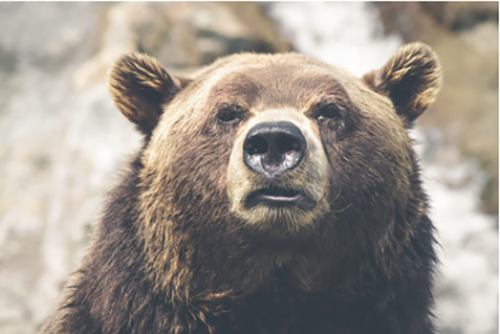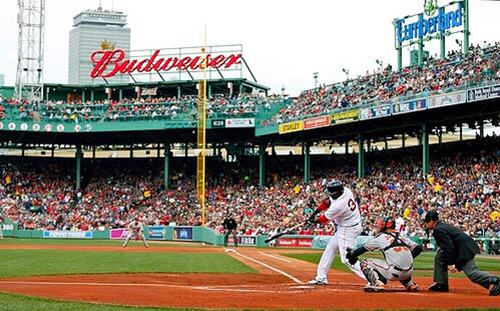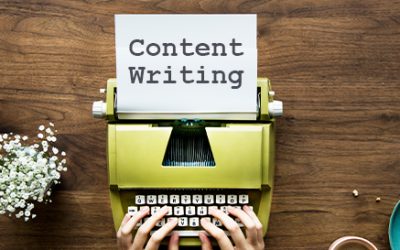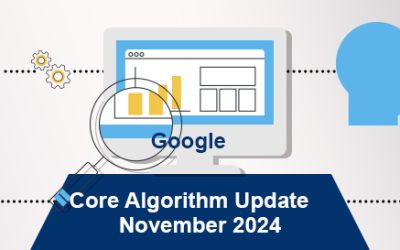Images and videos have become extremely important in ensuring user engagement on websites and social media posts. That’s why content writing services in New York have been involved in optimizing alt text.
Why It’s Important for Search Engines to Track Your Images
Alt text or alternative text is an image’s description. Images are also part of the search results. They could be entry points to your website. People searching for images could click the source of your images and get to your site. So, you want the images on your website to be tracked by the search engine as well, along with the textual content and videos. Alt text helps with that.
What the Alt Text Does
Organic SEO companies know that alt text describes the image to the search engine algorithms. Image alt text gives the search engines something more to track on your website.
- Not only can you look to perform well in the regular search results, but also in the image search results.
- In addition, you would have noticed that for many results Google displays images first in the regular search results as well, leading users to click them first instead of even the top-ranking regular results.
That’s why image alt text is so important. How you describe the image is important as well, which makes this a part of content writing services. The better you describe the image, the easier search engine bots find it to understand what your image is about, and display it for the appropriate search results.
There is also another advantage of alt text. Screen readers read the alt text of images, which describes those images to the visually impaired or blind users of your website. It helps them enjoy your web pages more. On your part, it helps build goodwill when you go the extra mile to make things easier for them. It benefits you from the SEO perspective as well.
Alt text can also be added to images uploaded to Twitter.
Writing Great Alt Text
Let’s look at some steps to write great alt text that content writers at an experienced SEO outsourcing company follow for their clients:
Describing the Image as It Is
The best way to write alt text is just to describe what the image means, as you see it. Avoid suggestions or assumptions as to what you think the true meaning of the image or the implied meanings are. Ensure your description is complete while making it concise as well, limiting it to 125 characters, which is the limit beyond which screen readers won’t read alt text. Imagine you are describing a picture to someone who can’t see it. That’s how you write alt text.
Avoiding Keyword Stuffing
What you need to absolutely avoid is stuffing keywords into the alt text. In fact, search engine crawlers need a semantically logical description, not fragmented sentences stuffed with keywords. Your web page may be centered around a keyword, and you would want the image to rank high in an image search for that keyword or related phrase, but that keyword must be logically placed. Realistically, you might only be able to place one keyword in an alt text.
Incorporating Text in the Image While Avoiding Repetition
Any text displayed in the image must be added to the alt text as well, as long as it isn’t a repetition of what you have already described in your own words in the alt text. Make sure you avoid repetition of any kind.
Helping Understand the Context of the Image
In the alt text, you really don’t need to mention the word “image” or “picture”. It is clear that the alt text describes the image. So, you don’t need to mention “image of…” in the alt text. Just start with the description. However, for the sake of context, you can describe the kind of image it is such as a chart, illustration, headshot, screenshot, etc. It isn’t mandatory, but helps to understand the context for images in a specialized format, such as what’s just mentioned.
No Alt Text for Decorative Images
It probably goes without saying, but to clarify the point further, decorative images don’t need alt text to describe them since they don’t enable people to better understand the page. These are brand graphics, page dividers, and other such elements designed to visually enhance the aesthetics of the page or highlight a brand. Include decorative images in your code instead of adding them as content. Sometimes you may have to upload these elements like images. In that case, you don’t need to add alt text. It isn’t essential for search engines to track them and it doesn’t matter if screen readers skip them.
How to, and How Not to, Do Alt Text
Let’s consider an example. Check out the image below:
Here’s how you shouldn’t describe it:
Bear, grizzly bear, carnivore, wild animal
This sounds like keyword tags added one after the other. It isn’t a logically complete sentence.
The opposite of this is getting too suggestive:
Here is the headshot of a grizzly bear probably lying in wait for prey.
This isn’t good either, because rather than just describing what’s in the image, the text goes on to suggest what the image could be portraying. Imagination has no place here.
The right way to describe this would be:
Headshot of a brown bear
Or
Close up of a bear’s face
Let’s take a different kind of example:
We have already seen the bad examples. So, let’s look at other options. One way to write a clear and descriptive alt text is:
Baseball players playing on a baseball field
This is reasonably descriptive, put together in a logically correct sentence without any keyword stuffing. However, when possible, you need to get as specific as possible so that the search engine crawlers can rank the image better and reproduce the image in the search results for more appropriate searches. If you know who the main player in the shot is and which stadium this is, it would be better if you can mention that in the alt text:
Boston Red Sox player David Ortiz batting at Fenway Park
This more specified response can help your image turn up in search results when users search for “Fenway Park”, “Boston Red Sox” or “David Ortiz” as well. This wouldn’t have been possible with the previous alt text.
An experienced digital marketing company in New York can provide value-added alt text optimization solutions.






